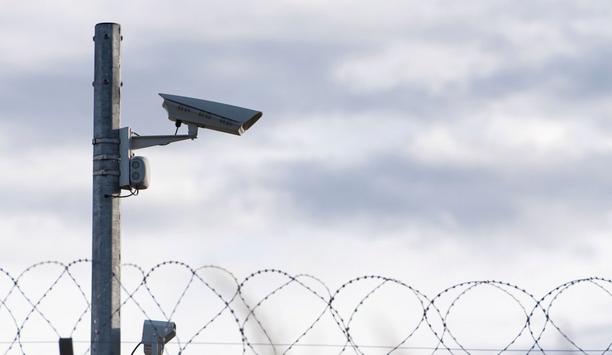 |
| Seaport Security will provide visitors valuable information for determining security strategies |
While the shipping business continues to remain weak, the need for security against maritime threats has not decreased. Seaports in Asia and around the world face many varied challenges in safeguarding traffic, but whether they are located in developing countries or developed countries, they still have many points of commonality.
Seaport Security Asia 2012 will address seaport security issues by allowing operators from both developing and developed countries to come together to highlight new technologies and best practices, share inter-agency operability strategies and address ISPS Code implementation in Asian port facilities. The conference will also feature ten regional and international port security case studies, providing attendees with a wealth of valuable information for determining security strategies.
Balancing security with port efficiency
Different ports face different levels of threat and unique challenges of their own, but each port offers valuable and highly applicable lessons in dealing with these threats and challenges as well. Experts from developed countries will be able to share the strategies that have been tried and proven in securing mature ports for their counterparts in developing countries. In addition, professionals from seaports outside the Asian region will have a chance to compare and contrast their methods with Asian operators, helping to apply these methods to a regional context.
On the issue of balancing security with efficiency, Robin Dodridge, Director of Operations, Port of Dover, UK, has this to say: "There exists a danger for seaports: they can be forced to react to many different kinds of security concerns. There is a need to identify just which priorities to focus our efforts on at any time, and to encourage government agencies - who have their own concerns and priorities - to focus their efforts on a helpful way."
"When the security goes up, the efficiency goes down, so we've got to strike a balance," says Major General Sanath Karunarathna, Director of Security for Sri Lanka Ports Authority. "Where there is a necessity, we explain to the people, and when the threat level is higher, the challenge is to go on when work and cargo must be disrupted, and even ships are taken into the port at a slower rate. But when the threat level is lower, all these things can be expedited fairly in a fast fashion. Time and again, we review the situation and if there is a requirement for having a higher scale security, we do not employ anything that is of no use that could impede the progress of the port."
Seaport Security Asia 2012 will feature speakers from port authorities within and beyond Asia, as well as representatives from selected Customs agencies, Coast Guards and policy organisations. This is the only comprehensive seaport security conference addressing the challenges facing Asian seaports, since the last Seaport Security Asia conference in 2009.


















